Thomas Sumner

Trustworthy journalism comes at a price.
Scientists and journalists share a core belief in questioning, observing and verifying to reach the truth. Science News reports on crucial research and discovery across science disciplines. We need your financial support to make it happen – every contribution makes a difference.
All Stories by Thomas Sumner
-
 Chemistry
ChemistryNuclear bomb debris can reveal blast size, even decades later
Measuring the relative abundance of various elements in debris left over from nuclear bomb tests can reveal the energy released in the initial blast, researchers report.
-
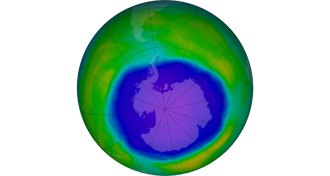 Climate
ClimateDespite volcanic setback, Antarctic ozone hole healing
The September extent of the Antarctic ozone hole has shrunk by about 4.5 million square kilometers since 2000, thanks in large part to the Montreal Protocol.
-
 Climate
ClimateWorld will struggle to keep warming to 2 degrees by 2100
Current plans to curb climate change aren’t ambitious enough to limit global warming below 2 degrees Celsius by 2100, new research shows.
-
 Earth
EarthWinning helium hunt lifts hopes element not running out
A volcanic region of Tanzania contains more than a trillion liters of helium gas, enough to fill 1.2 million medical MRI scanners — or hundreds of billions of balloons, researchers report.
-
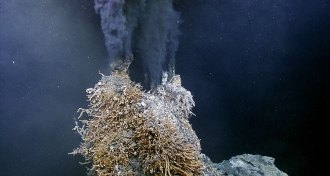 Oceans
OceansDeep-sea hydrothermal vents more abundant than thought
Ecosystem-supporting hydrothermal vents are much more abundant along the ocean floor than previously thought.
-
 Planetary Science
Planetary ScienceLong-lost ‘extinct’ meteorite found
A newly discovered meteorite, nicknamed Öst 65, may have originated from the same collision that formed L chondrites, one of the most abundant groups of meteorites on Earth.
-
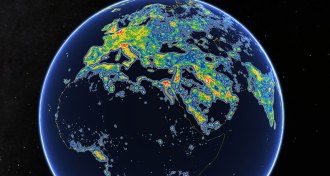 Earth
EarthA third of the population can’t see the Milky Way at night
Light pollution conceals the Milky Way’s star-spangled core from more than a third of Earth’s population, a global atlas of artificial sky luminance reveals.
-
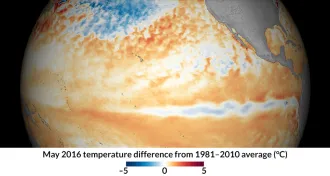 Climate
ClimateThe ‘super’ El Niño is over, but La Niña looms
The 2015–2016 El Niño has officially ended while its meteorological sister, La Niña, brews.
-
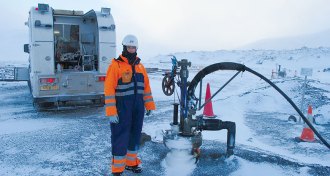 Climate
ClimateVolcanic rocks help turn carbon emissions to stone — and fast
A pilot program in Iceland that injected carbon dioxide into basaltic lava rocks turned more than 95 percent of the greenhouse gas into stone within two years.
-
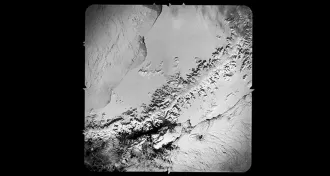 Earth
EarthSpy satellites reveal early start to Antarctic ice shelf collapse
Declassified spy satellite images reveal that Antarctica’s Larsen B ice shelf began destabilizing decades earlier than previously thought.
-
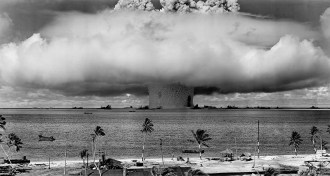 Environment
EnvironmentBikini Atoll radiation levels remain alarmingly high
Lingering radiation levels from nuclear bomb tests on Bikini Atoll are far higher than previously estimated.
-
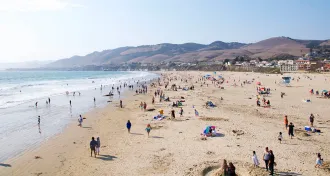 Climate
ClimateU.S. weather has gotten more pleasant, but will soon worsen
Warmer winters have made U.S. weather more pleasant since 1974 thanks to climate change, but that will soon change.